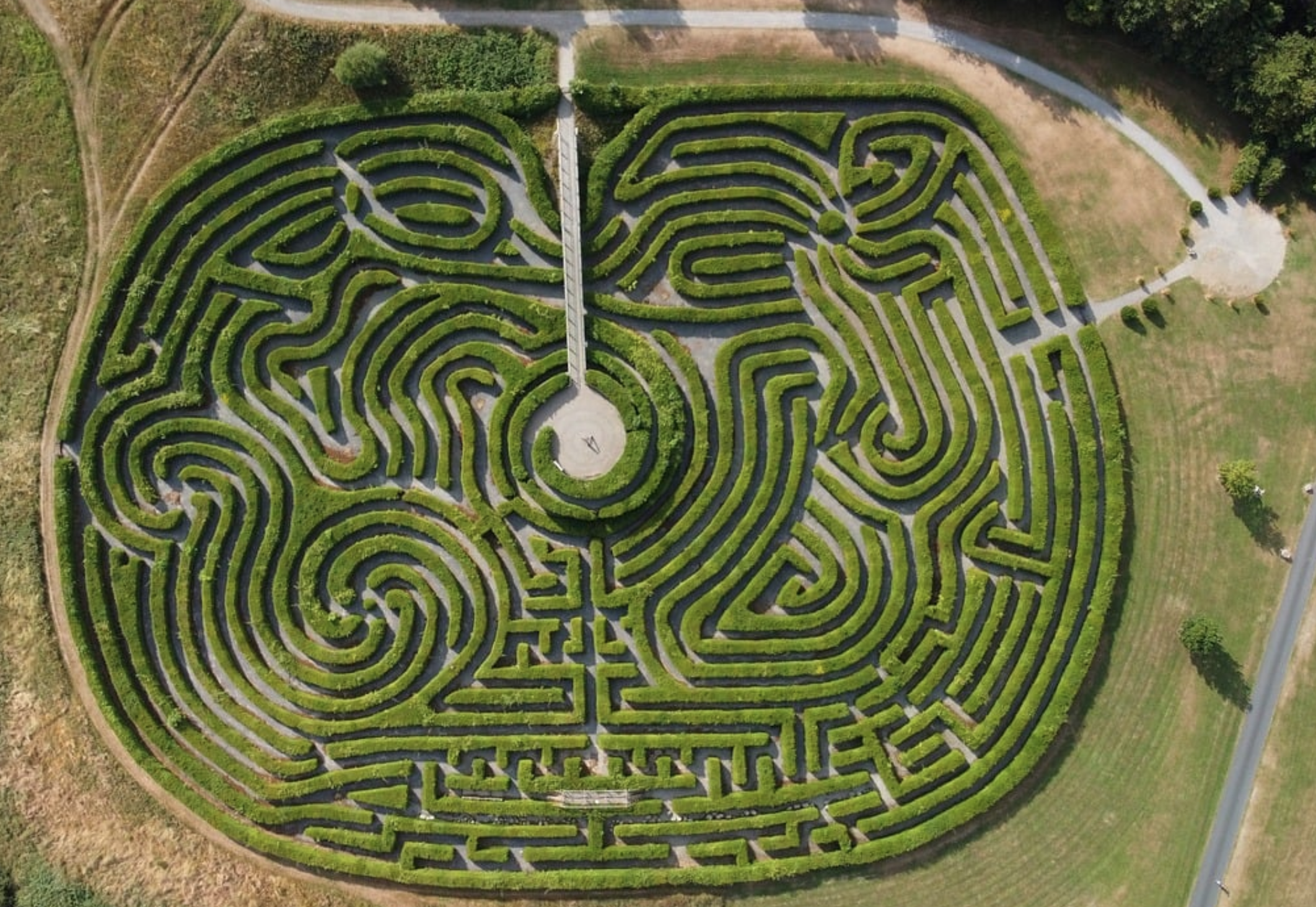DQN with experience replay
Deep Reinforcement Learning in Python

Timothée Carayol
Principal Machine Learning Engineer, Komment
Introduction to experience replay
- Barebone DQN agent learns only from latest experience
- Consecutive updates are highly correlated
- Agent is forgetful
- Solution: Experience Replay
- Store experiences in a buffer
- At each step, learn from a random batch of past experiences

The Double-Ended Queue
from collections import deque# Instantiate with limited capacity buffer = deque([1,2,3,4], maxlen=7)# Extend to the right side buffer.extend([5,6,7,8])
- Beyond capacity, oldest items get dropped




Implementing Replay Buffer
import randomclass ReplayBuffer:def __init__(self, capacity):self.memory = deque([], maxlen=capacity)def push(self, state, action, reward, next_state, done):experience_tuple = (state, action, reward, next_state, done)self.memory.append(experience_tuple)def __len__(self): return len(self.memory)...
- Replay memory:
dequewith limited capacity .push():- Experience as transition tuple
- Append experience to buffer
- At capacity: drops oldest experience
Implementing Replay Buffer
... def sample(self, batch_size):batch = random.sample(self.memory, batch_size)states, actions, rewards, next_states, dones = ( zip(*batch))states_tensor = torch.tensor( states, dtype=torch.float32) ... # repeat identically for # rewards, next_states, donesactions_tensor = torch.tensor( actions, dtype=torch.long).unsqueeze(1)return states_tensor, actions_tensor, rewards_tensor, next_states_tensor, dones_tensor
- Randomly draw from past experiences
batch: from list of transition tuples...- ...to tuple of lists...
- ...to tuple of PyTorch tensors
Integrating Experience Replay in DQN
Before training loop:
replay_buffer = ReplayBuffer(10000)In training loop, after action selection:
replay_buffer.push((state, action, reward, next_state, done))if len(replay_buffer) >= batch_size:states, actions, rewards, next_states, dones = ( replay_buffer.sample(batch_size))q_values = ( q_network(states).gather(1, actions).squeeze(1))next_states_q_values = q_network(next_states).amax(1)target_q_values = ( rewards + gamma * next_states_q_values * (1-dones))loss = nn.MSELoss()(target_q_values, q_values)
- Initialize replay buffer
- Push latest transition to buffer
If buffer length $\geq$ batch_size:
- Draw a random batch from the buffer and proceed with loss calculation
- Loss calculation conceptually unchanged
- Mean Squared Bellman Error on a replay memory batch
- Learning is more stable and more efficient
Let's practice!
Deep Reinforcement Learning in Python

